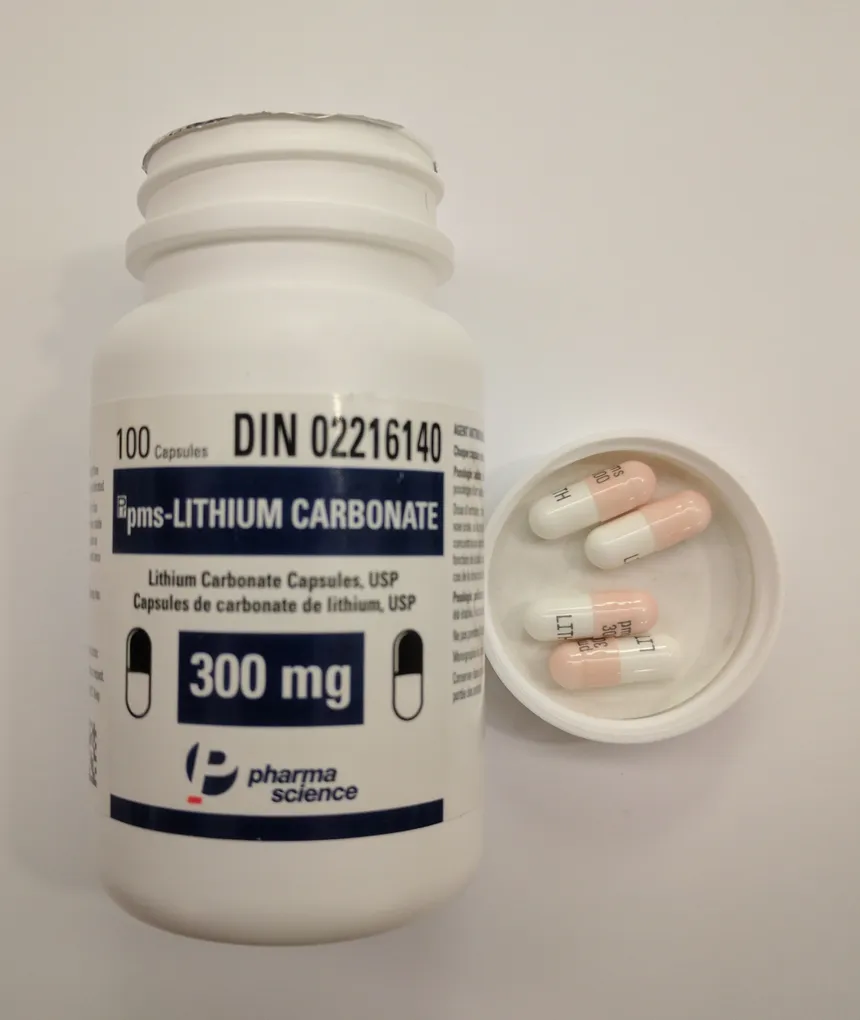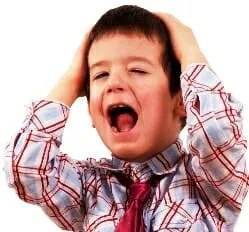Lithium in Bipolar children : it works
In adults, lithium remains the gold standard for the treatment of bipolar disorder and has demonstrated a neuroprotective effect, as evidenced by neuroimaging studies.
However, the role of lithium in pediatric bipolar disorder remains uncertain due to insufficient data. Clinically, lithium is used for other pediatric behavioral disorders, such as conduct disorder.

The FDA has encouraged child and adolescent psychiatrists to gather more evidence regarding lithium’s role in pediatric bipolar disorder; however, this research is ongoing.
Lithium is FDA approved for children and adolescents aged 7–17 for the acute treatment of mania and the maintenance treatment of bipolar disorder.
Bipolar disorder can share clinical features with ADHD, conduct disorder, oppositional defiant disorder, and disruptive mood dysregulation disorder.
These conditions are often included in the differential diagnosis for pediatric bipolar disorder and can coexist with it. Although not FDA approved, clinicians utilize lithium to treat conduct disorder, treatment-resistant depression, ADHD, and disruptive mood dysregulation disorder.

Due to concerns about lithium’s side-effect profile and the need for monitoring kidney function, thyroid function, and lithium toxicity, some clinicians view it as high maintenance. I am aware of colleagues who avoid prescribing lithium primarily due to its monitoring requirements.
A recent systematic review on randomized controlled trials examining lithium use in pediatric bipolar disorder, conduct disorder, ADHD, and disruptive mood dysregulation disorder. They found 12 high-quality randomized controlled trials. Of these, 8 focused on pediatric bipolar disorder and 4 on conduct disorder. The analysis covered 857 patients treated with lithium; 673 of these were bipolar patients. Lithium was superior to placebo in treating manic/mixed episodes but less effective than antipsychotics. Specifically, risperidone and quetiapine demonstrated superior efficacy vs lithium in treating manic phases of pediatric bipolar disorder.
No significant differences were found between lithium and divalproex. Acute mania in pediatric bipolar disorder appears to respond better to antipsychotics than to lithium or divalproex. These findings align with adult bipolar disorder research, where antipsychotics are often more effective and rapid than lithium and anticonvulsant treatment.
Effectiveness of lithium in pediatric bipolar disorder varied considerably, ranging from 32%–84%. There is a notable absence of maintenance treatment studies with lithium in pediatric bipolar disorder, emphasizing the need for more controlled trials. Externalizing disorder comorbidity in pediatric bipolar disorder was prevalent, appearing in over 98% of patients. Data suggests early-onset bipolar disorder, bipolar disorder with mixed features, bipolar disorder comorbid with ADHD, and concurrent stimulant use may correlate with a poorer response to lithium. Of the 184 patients with conduct disorder, lithium was particularly effective for aggressive behaviors.
Fortunately, no severe adverse events linked to lithium were found in patients with bipolar disorder or conduct disorder. Common side effects mirrored those in adults treated with lithium. Discontinuation rates of lithium did not significantly differ between patients treated with lithium or a placebo. Common side effects included nausea, headache, and polyuria. This review supports lithium’s use in pediatric bipolar and conduct disorders, as it appears effective and well-tolerated. However, as the FDA suggests, more data collection is crucial, given the current insufficiency.
Although lithium may not be as immediately effective as second-generation antipsychotics, it can play a role in pediatric bipolar disorder. When monitored appropriately, it seems to be safe and effective.
Reference
Janiri, D., Moccia, L., Montanari, S., Zani, V., Prinari, C., Monti, L., et al. (2023). Use of lithium in pediatric bipolar disorders and externalizing childhood- related disorders: a systematic review of randomized controlled trials. Current Neuropharmacology, 21(6), 1329–1342.



